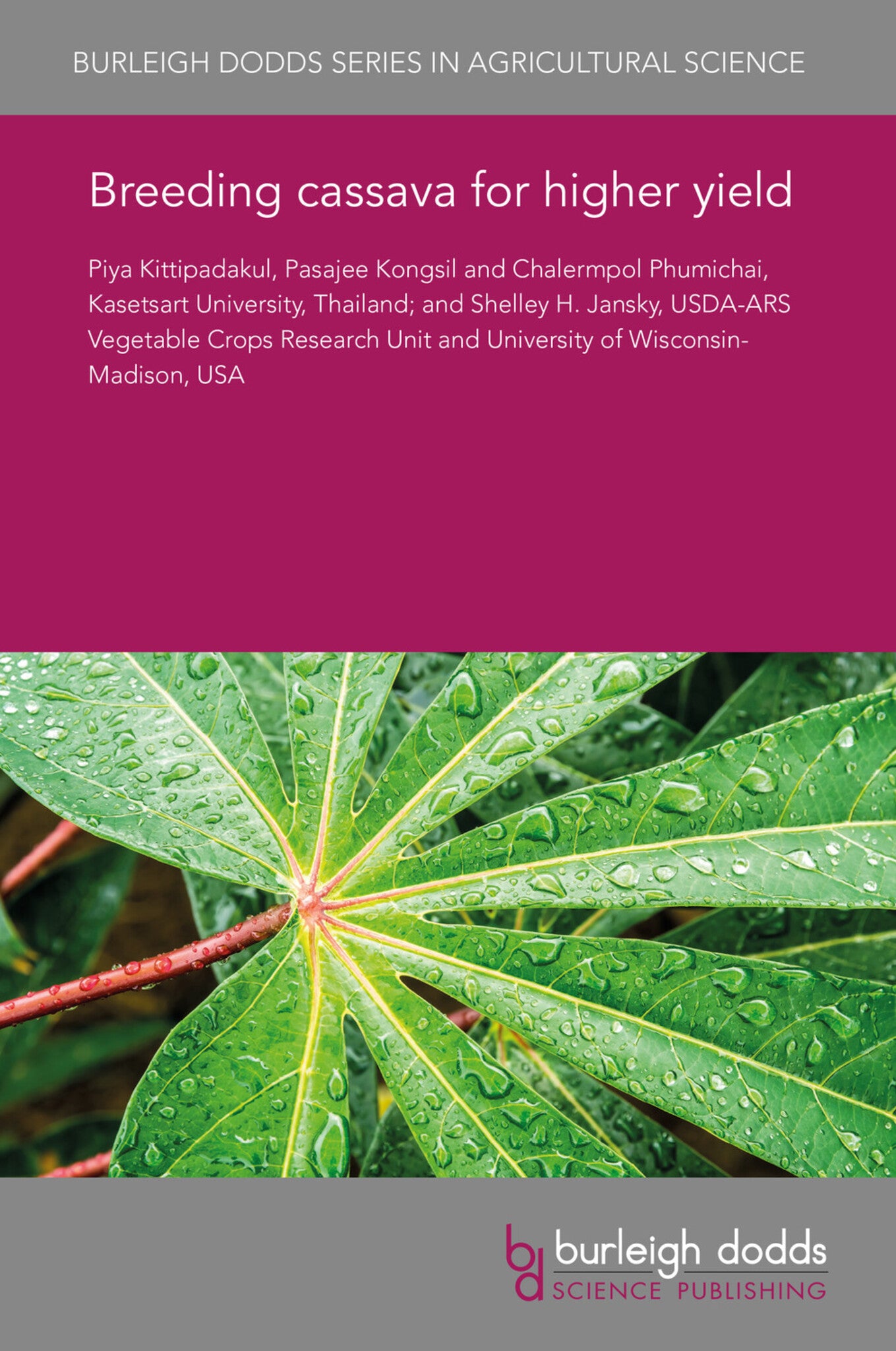We're sorry. An error has occurred
Please cancel or retry.
Breeding cassava for higher yield

Some error occured while loading the Quick View. Please close the Quick View and try reloading the page.
Couldn't load pickup availability
- Format:
-
31 August 2017


TECHNOLOGY & ENGINEERING / Agriculture / Tropical Agriculture, Tropical agriculture, TECHNOLOGY & ENGINEERING / Agriculture / Agronomy / Crop Science, TECHNOLOGY & ENGINEERING / Agriculture / Sustainable Agriculture, Sustainable agriculture, Agronomy and crop production

1 Introduction 2 Genetic diversity for cassava breeding 3 Breeding programmes: key objectives and selection stages 4 Selection schemes for breeding 5 Breeding for higher yield: Thailand as a case study 6 Measuring the success of the Thai breeding programme 7 Relationships among Thai cassava varieties 8 Progress in the current Thai breeding programme 9 Adaptability of varieties 10 Combining ability in Thai varieties 11 Exploitation of homozygosity and heterosis in cassava 12 Conclusion: how to improve cassava breeding programmes 13 Where to look for further information 14 References



